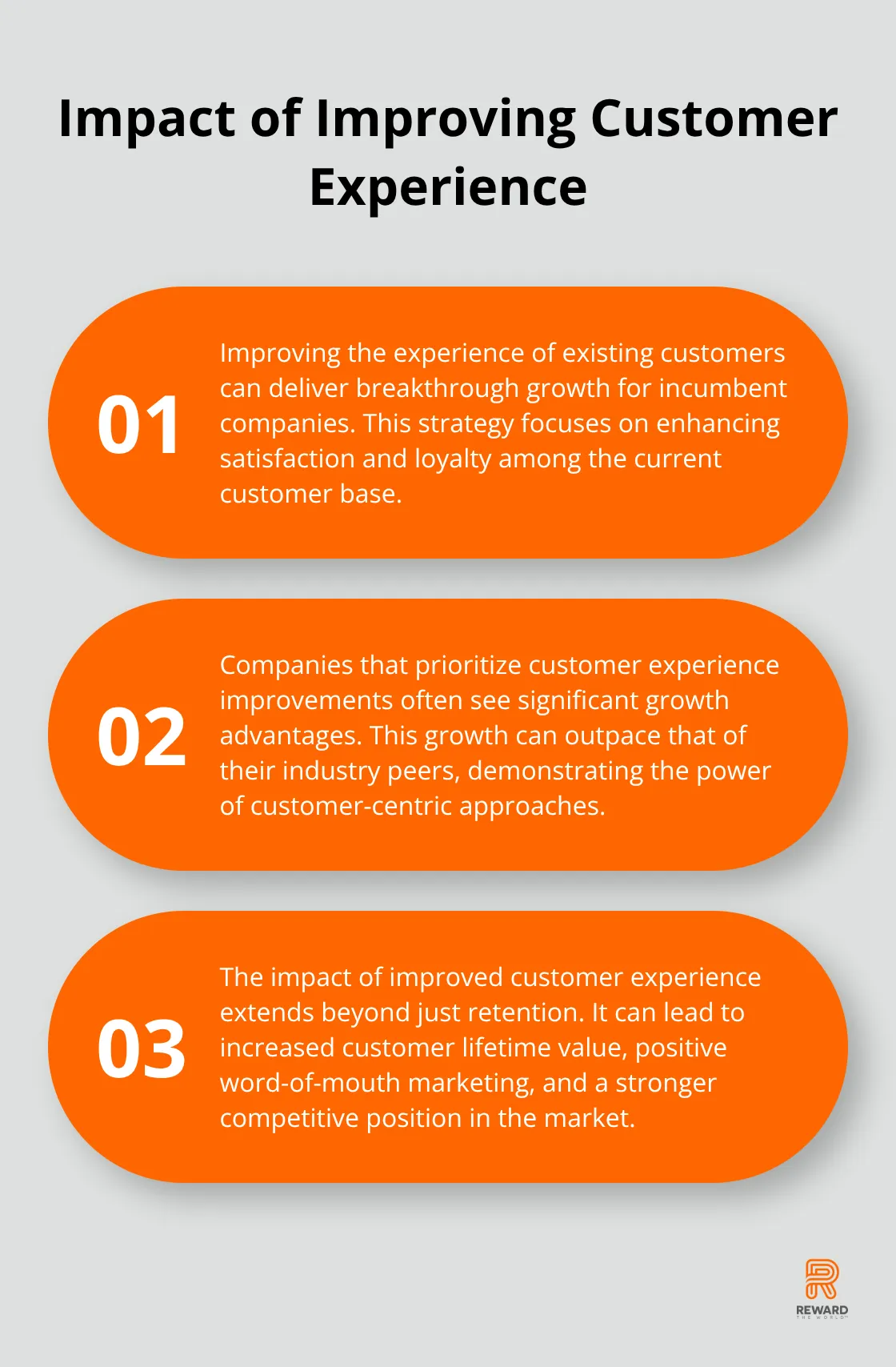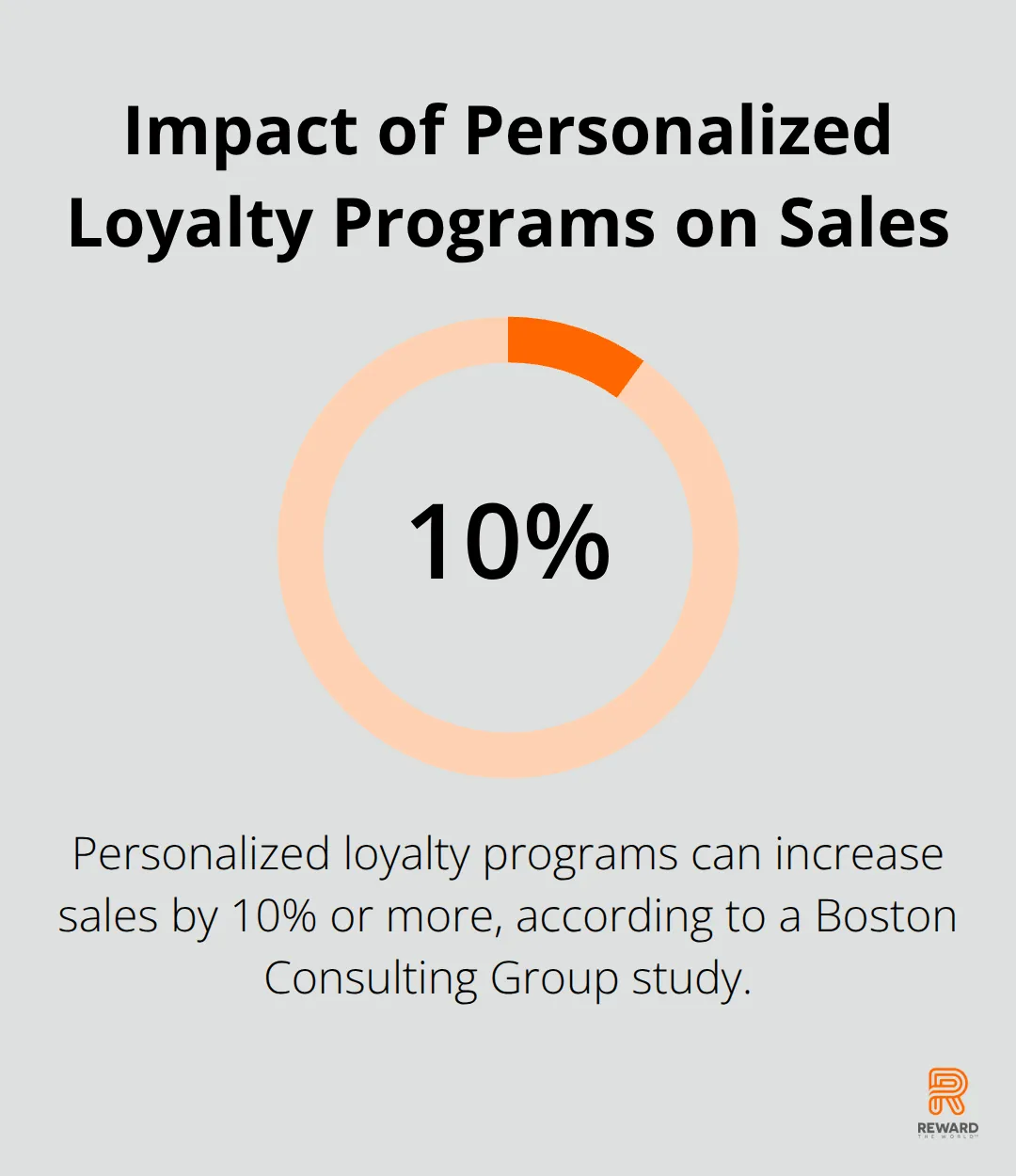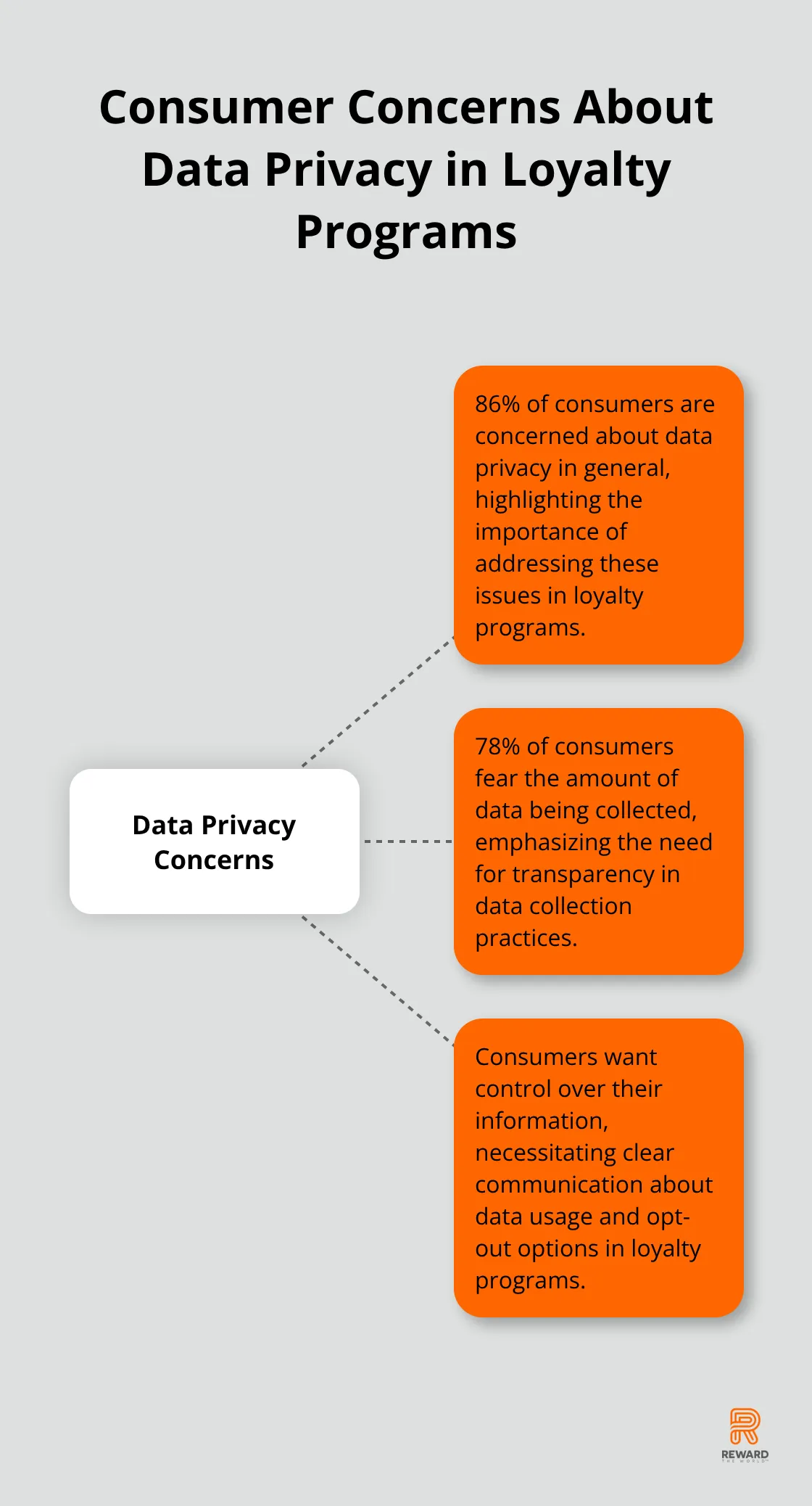
At Reward the World, we’ve seen firsthand how loyalty ecosystems are reshaping customer engagement across industries.
Multi-brand loyalty networks are becoming a game-changer for businesses looking to expand their reach and offer more value to customers.
These programs allow customers to earn and redeem rewards across multiple brands, creating a seamless and more rewarding experience.
In this post, we’ll explore how to build a thriving loyalty network that spans multiple brands and drives customer retention.
What Are Multi-Brand Loyalty Networks?
Redefining Customer Engagement
Multi-brand loyalty networks transform traditional customer engagement strategies. These programs enable customers to earn and redeem rewards across multiple partnered brands, creating a more diverse and valuable loyalty experience.
The Collaborative Advantage
Multi-brand networks amplify the benefits of traditional loyalty programs. Brands can access each other’s customer bases, expanding their reach without incurring high customer acquisition costs. The Plenti rewards program (which operated in the US from 2015 to 2018) exemplified this approach, allowing customers to earn points at one retailer and spend them at another.
Customer-Centric Value Proposition
These networks offer significant value to customers. They provide more earning opportunities and a wider range of redemption options. This increased engagement translates to higher customer lifetime value for participating businesses.
Real-World Success Stories
The AIR MILES Reward Program in Canada stands out as a prime example. With over 10 million active collector accounts, it partners with hundreds of brands across various sectors. Collectors earn miles on everyday purchases and redeem them for travel, merchandise, or cash. This diverse network has contributed to AIR MILES’ longevity and success since its 1992 launch.
Data-Driven Insights and Personalization
Multi-brand loyalty networks provide invaluable data insights. Companies can gain a more comprehensive understanding of consumer behavior by pooling customer data across brands. This allows for more targeted marketing and personalized offerings. Improving the experience of existing customers can deliver breakthrough growth for incumbent companies-often more than double that of their industry peers.

As we move forward, we’ll explore the strategies for building a successful multi-brand loyalty network, including partner selection, reward structure development, and seamless integration across participating brands.
Building Your Multi-Brand Loyalty Network
At Reward the World, we understand the power of multi-brand loyalty networks. Let’s explore the practical steps to build one.
Choose Your Partners Wisely
Selecting the right partners is essential. Look for brands that complement yours without direct competition. A coffee shop might partner with a bookstore and a local gym, creating a lifestyle ecosystem that appeals to a shared customer base.
When you approach potential partners, focus on mutual benefits. Show them how joining your network can increase their customer base and boost sales. Bain’s Loyalty Insights provide research and knowledge to help companies earn their customers’ advocacy.
Create a Unified Reward Structure
Your reward structure must be simple, yet appealing across all brands. Consider a points-based system where customers earn points for every dollar spent, regardless of the brand. These points can then be redeemed for discounts or products at any participating brand.
Make the value proposition clear. For instance, “Earn 1 point for every $1 spent, redeem 100 points for a $10 discount at any partner store.” This clarity encourages active participation.
Ensure Seamless Integration
Technology plays a vital role in multi-brand loyalty networks. Invest in a robust platform that can handle transactions across all partners seamlessly. This might involve API integrations or a centralized system that all partners can access.
Use a single loyalty card or app that works across all brands. This simplifies the user experience and increases engagement. The Nectar program in the UK offers versatility with its wide range of partners, including Sainsbury’s, Esso, eBay, Argos, Expedia, and more.
Communicate Effectively
Clear communication is vital for both customers and partners. Develop a comprehensive onboarding process for new partners, ensuring they understand how the program works and how to promote it.
For customers, create a dedicated website or app section that clearly explains how to earn and redeem rewards across different brands. Regular email updates about new partners or special promotions can keep customers engaged.
Transparency builds trust and encourages active participation in your loyalty network. Always be clear about how points are earned, their value, and any expiration dates.
Leverage Data for Personalization
Multi-brand loyalty networks provide invaluable data insights. Pool customer data across brands to gain a more comprehensive understanding of consumer behavior. This allows for more targeted marketing and personalized offerings.
Try to use this data to create tailored experiences for each customer. Personalized recommendations and offers (based on a customer’s shopping history across all partner brands) can significantly increase engagement and loyalty.

McKinsey’s insights suggest that by better integrating loyalty programs with pricing strategies, consumer-facing businesses can drive growth in a muddled economic landscape.
As we move forward, we’ll explore how technology can further enhance your multi-brand loyalty program, taking it from good to great.
How Technology Supercharges Your Multi-Brand Loyalty Program
At Reward the World, we’ve witnessed technology transform multi-brand loyalty programs from simple point-collection systems into powerful engagement tools. Let’s explore how cutting-edge tech can elevate your program to new heights.
Power of Data Analytics
Data fuels successful loyalty programs. Analysis of customer behavior across multiple brands uncovers valuable insights that drive personalization and engagement.
A Boston Consulting Group study found that personalized loyalty programs can increase sales by 10% or more. Use advanced analytics tools to segment customers based on their purchasing patterns, preferences, and engagement levels across all partner brands.
Try to implement a centralized data warehouse that collects information from all participating brands. This allows a holistic view of each customer’s journey, enabling you to create targeted offers that resonate across the entire network.
AI for Smart Recommendations
Artificial Intelligence (AI) enhances multi-brand loyalty programs by providing personalized recommendations at scale. Traditional rewards programs are falling short of modern customer expectations, but data and AI can bridge this gap.
Implement AI-powered recommendation engines that analyze customer behavior across all partner brands to suggest relevant products or services. For example, if a customer frequently buys coffee from one partner and books flights with another, your AI could recommend a travel mug from a third partner brand.
User-Friendly Mobile App
In today’s mobile-first world, a user-friendly app is essential for the success of your multi-brand loyalty program. A Bond Brand Loyalty study found that 57% of loyalty program members want to engage with programs via mobile devices.
Create an app that allows users to easily track their points, redeem rewards, and discover offers across all partner brands. Ensure the app provides a seamless experience, with features like one-click redemption and real-time point balance updates.
You can incorporate gamification elements to boost engagement. For instance, introduce challenges that encourage customers to try products from different partner brands, rewarding them with bonus points or exclusive offers.
Data Security and Privacy
As you collect and analyze customer data across multiple brands, data security and privacy must take priority. A KPMG survey revealed that 86% of consumers are concerned about data privacy, while 78% fear the amount of data being collected.

Implement robust encryption methods to protect customer data during transmission and storage. Conduct regular security audits and penetration testing to identify and address potential vulnerabilities.
Be transparent about your data collection and usage practices. Clearly communicate to customers how you use their data and give them control over their information. This builds trust and encourages participation in your loyalty program.
Reward the World understands the importance of data security. Our platform is fully GDPR compliant and employs state-of-the-art security measures to protect customer information (making it a top choice for businesses prioritizing data protection).
Final Thoughts
Multi-brand loyalty networks transform customer engagement, offering unparalleled value to businesses and consumers. These loyalty ecosystems enable companies to expand their reach, increase customer lifetime value, and gain valuable insights into consumer behavior across various touchpoints. The future of these networks promises greater personalization, seamless omnichannel experiences, and integration of emerging technologies like blockchain for enhanced security and transparency.
Companies that embrace this collaborative approach to customer retention will thrive in the evolving landscape of consumer loyalty. Exploring multi-brand loyalty opportunities is now essential for businesses aiming to stay competitive in today’s market. These networks provide a powerful way to meet the growing demand for diverse, flexible, and rewarding loyalty experiences.
We at Reward the World help businesses build and manage successful loyalty ecosystems. Our platform offers instant reward delivery, seamless integration, and robust analytics (making it an ideal solution for companies looking to elevate their customer engagement strategies). The time to act is now-start exploring the possibilities of multi-brand loyalty networks and unlock new avenues for growth and customer satisfaction.
